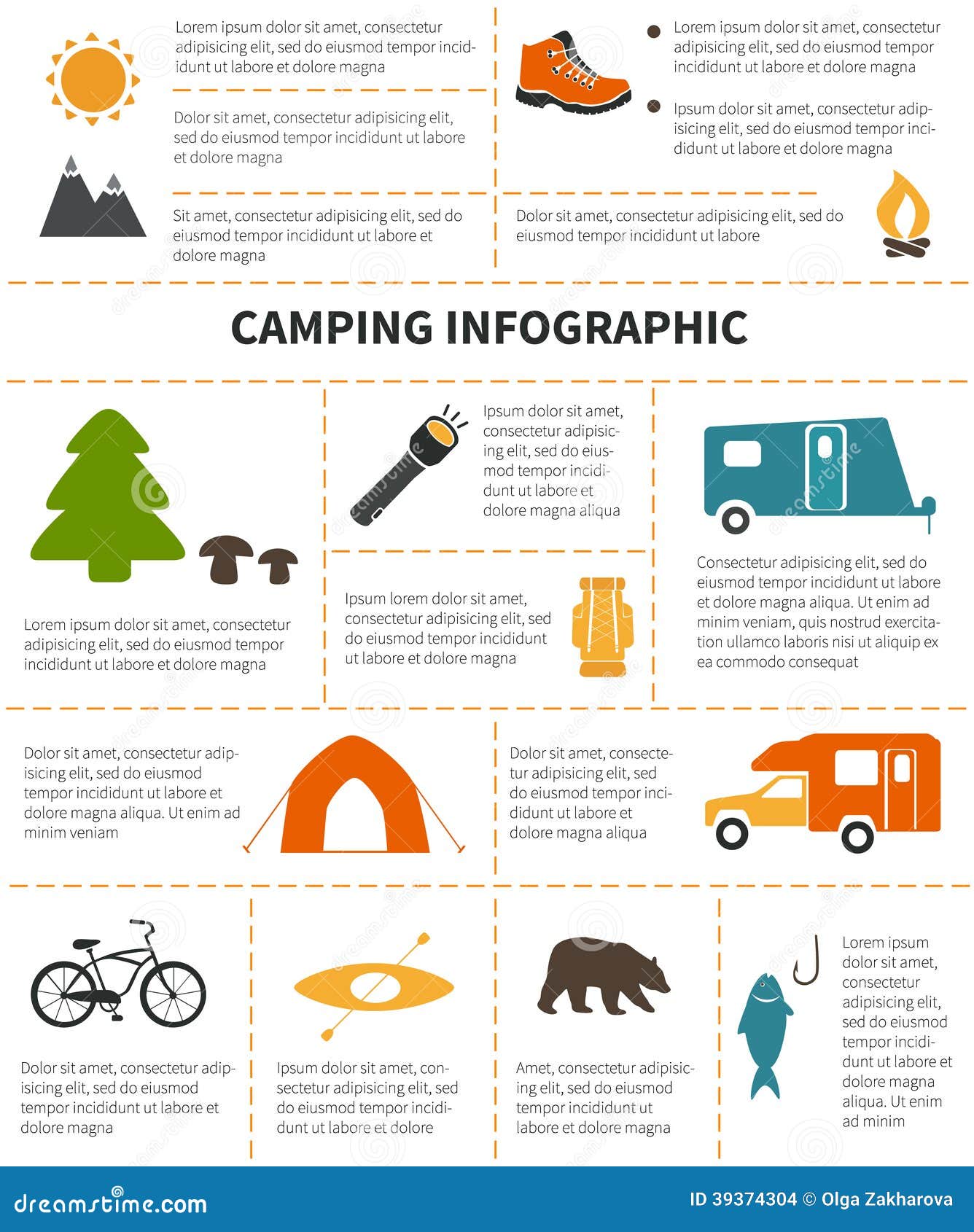A selection of elements can impact evening skies photography. From weather to upcoming celestial occasions, you'll want to prepare ahead to make certain success.
How much does a good tent cost?
The shutter rate you pick establishes whether stars appear as specific pin-points or route throughout the image. A great general rule is to restrict the exposure to 500 secs, or the matching of your lens's focal length.
Location
One of one of the most essential consider a good photo is where you take it. Aim for areas with marginal light air pollution, and avoid locations that have brilliant city lights and skyscrapers.
Additionally, search for a place that provides foreground elements to produce make-ups with. For example, dune patterns, wind-sculpted ridges and rocky outcrops can all provide fascinating foreground aspects to assist tell the tale of your night skies picture.
It is also practical to study huge occasions such as meteor showers and lunar eclipses to take advantage of possibilities for wonderful photos. Using a device such as the Professional photographer's Ephemeris can be extremely helpful when planning your shoots. It aids you to identify moon phases, Galaxy position and other huge events. Also, consider shooting in RAW style as opposed to JPEG as this offers you extra adaptability when refining the photos. This is especially true if you intend to print your photos.
Video camera Setups
Obtaining the ideal electronic camera setups is important for any type of photo, however specifically so for night skies images. A wide-angle lens is best for recording even more of the Galaxy and reducing star trails, as well as a longer shutter rate to quit the motion of stars and reveal their information.
For a maximum level of clearness, shoot in RAW style rather than JPEG, which enables you to maintain more data and supplies adaptability during post-processing. This can likewise contribute to submit dimension, so see to it you have plenty of storage space and additional flash memory card on hand.
Set your focus to hands-on concentrating by turning the AF/MF activate your lens right into MF setting. You might need to take a few test shots and examine the image playback on your video camera's LCD display up until you accomplish excellent, pinpoint hand-operated focus. It's an excellent idea to do this throughout the day with your chosen lens and the place you will be shooting at night, to verify the precision of your focus setup.
Lighting
A good night sky picture needs the appropriate conditions. This consists of a dark sky, yet likewise a fascinating foreground component such as a mountain coming up, a lake to show the stars, or a human component like a barn or shed. You can also use a headlamp to glamping tent with bathroom illuminate the foreground and include some dramatization or depth to your picture.
One of the most essential cam setups for night sky digital photography are the aperture and shutter rate. The wider the aperture, the extra light that gets to the sensor. This allows you to catch intense stars in a fairly brief quantity of time.
The shutter speed figures out whether your stars will be pin-point ideal or if they will appear as celebrity tracks due to the Earth's rotation. Make certain to take multiple lengthy direct exposure shots and pile them in post-processing for the best results. Lastly, shoot in RAW mode to provide yourself maximum latitude in post-processing.
Composition
The key to gorgeous celebrity shots isn't a high-end telescope, a new wide-angle lens or a high-grade Canon or Nikon video camera. It's method, planning and composition.
For starters, search your shoot location beforehand to obtain a feel for the format and potential structures. Think about incorporating foreground elements such as rocks, a lake or alpenglow on the landscape to include personality and passion to your photos.
Bear in mind the Policy of Thirds when composing your photos. This easy concept aids balance and link images. It's additionally helpful for concentrating on sights in your image, such as rock features or the Galaxy. Additionally, bear in mind to plan your shoots around moon phases-- shooting at a full moon can overpower stars and develop a silhouetted shape, while firing on evenings with a new moon can help you see constellations a lot more clearly.
What is included in glamping?
